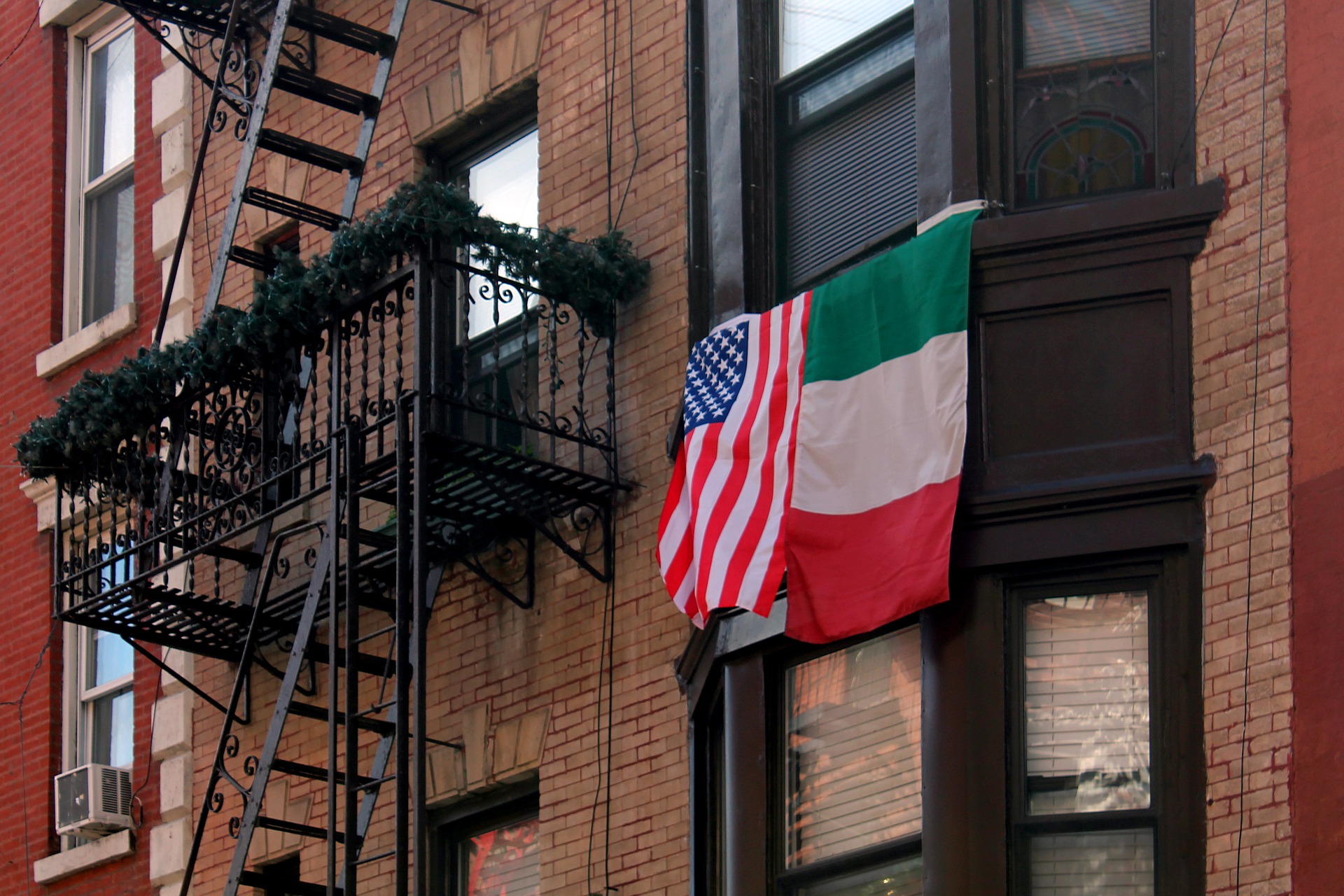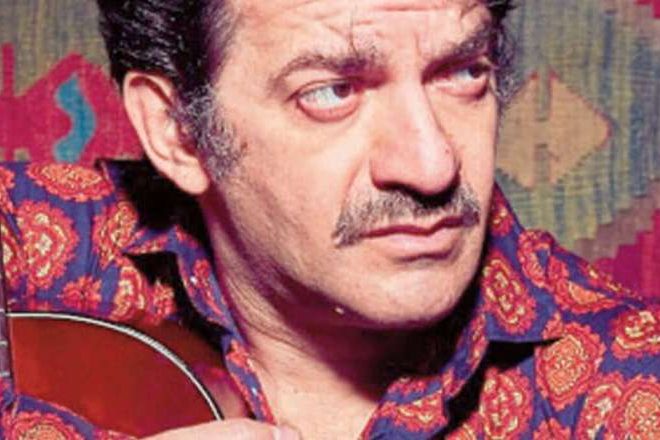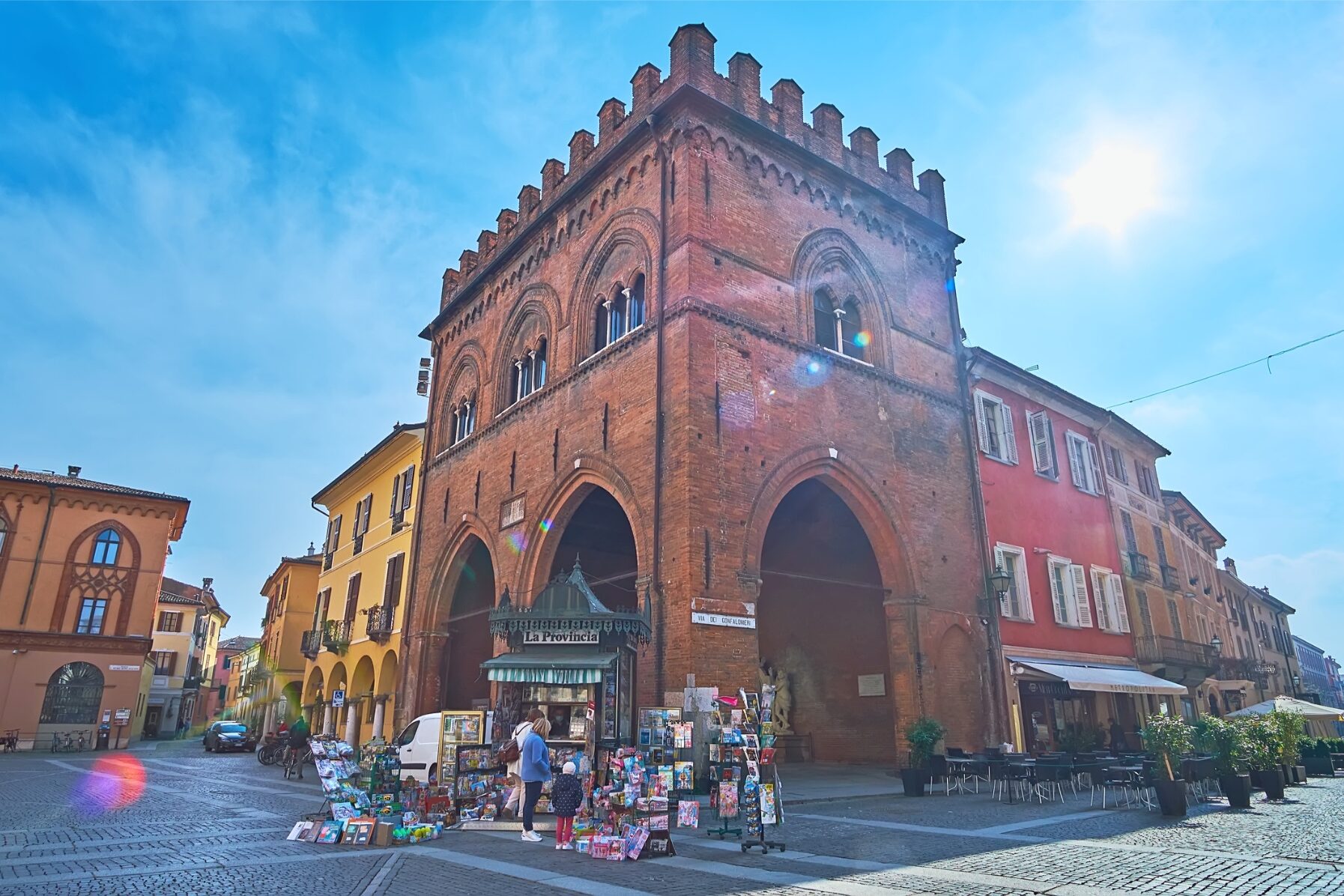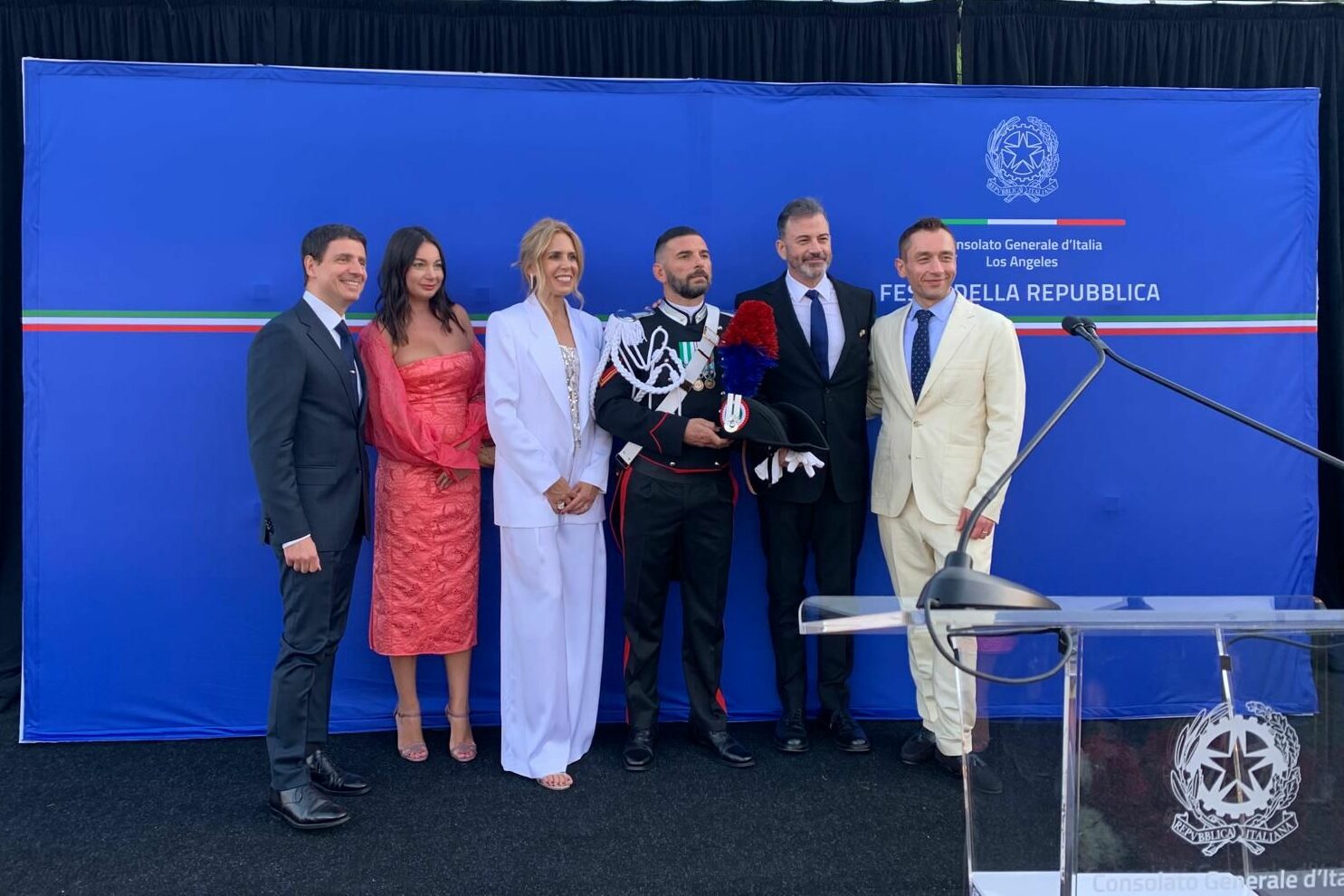Mauro Borrelli, in more than two decades of activity, has been perfecting his visual craft, alongside undisputed cinematic masters, the likes of Francis Ford Coppola and Tim Burton.
In 2013, Borrelli realized the short film, White Shoe, a whimsical story inspired to the – internationally renowned – Italian shoemaker, Salvatore Ferragamo. His noteworthy short had a great reception, winning the 2014 Salento International Film Festival, and even being shortlisted for the Oscars.
Currently, Borrelli has several projects in pre-production, ranging from sci-fi to thriller and fantasy. Unfortunately, going to production represents a big challenge, notwithstanding they are all based on very marketable high-concept narratives, and despite Mauro has a clear execution plan, which combines the best from the latest Hollywood technologies with the excellent Italian manual skills and artisanal tradition.
We, from L’Italo-Americano, warmly hope and wish to see Mauro Borrelli’s next movie in theaters very soon.
Tell us about your upbringing in Italy and your background. Was there a specific moment in which you decided to pursue a film-making career?
My artistic formation began in Italian art schools, first in Verona, then in Venice. Afterwards, I moved to Rome, where I became apprentice of the painter Riccardo Tommasi Ferroni. Back then, I was trying to “absorb” the European traditional figurative style.
While in Rome in the 80s, I met the sculptor and actor, Giuliano Gemma, who asked me for a painting’s copy to be featured in the TV series, Caccia al ladro d’autore. That was my first time on a set and it was “love at first sight.”
I started to assist as set designer for some films, shot in Rome, the likes of Peter Del Monte’s, Étoile, and Terry Gilliam’s, The Adventures of Baron Munchausen.
The real turning point came when I had the chance to get acquainted with Francis Ford Coppola, during the shooting of The Godfather Part III. I entered his entourage and learned how to be a storyteller, through digital story boards.
Time later, Coppola invited me to his ranch, nearby San Francisco. I stayed there for one and a half year, before moving to L.A.
I gradually expanded my technical skills in visual effects, but also video games’ design, working as art director for Activision. Soon, I realized that becoming a director would have allowed me to combine all that expertise together.
Was there any particular Italian director/visual artist, whose style you wanted to emulate? Or were you looking more at the worldwide cinema, in general?
The visionary filmmaker, Terry Gilliam, represented my early influence and model. Later on, Francis Ford Coppola instilled in me the idea that dreams may be fulfilled, since he is himself a dreamer, able to turn the “impossible” into possible.
Ultimately, my strongest artistic “imprint” came from Tim Burton, with whom I collaborated in such films as Sleepy Hollow, Planet of the Apes and Dark Shadows.
My visual style on the model of Burton is evident in my 2013 short film, White Shoe (viewable on line), inspired to the Italian shoemaker, Salvatore Ferragamo’s life.
However, while Tim’s artistic tastes are closer to the Nordic, Gothic tradition, I maintain a more Italian, Baroque sensibility.
As far as influences from the Italian cinema are concerned, I feel a special affinity with the dreamlike, fantastic world created by Federico Fellini.
Let’s go back over the moment you move from Italy to the U.S. How was the adjustment phase in L.A.?
For my first year and a half in the States, when I was a guest in Coppola’s ranch in the Napa Valley, my only “anchorage” was represented by Francis, a real friend with whom I could chat in Italian. However, despite his charisma, I still felt isolated, at times.
After I moved to L.A., I gradually started to open up more, simultaneously with my linguistic improvements. After two years since my arrival to the U.S., I finally started to feel integrated.
Tell us about your collaboration with Tim Burton? What’s the biggest lesson you learned from him?
Aside from Burton himself, I worked in close collaboration with the 2000 Academy Award Winner production designer, Richard Heinrichs, who graduated from Tim’s same school: Walt Disney-founded California Institute of the Arts.
I went through the process of acquiring Burton’s cinematic language, his “grammar”, in order to feel confident enough to break his rules and find my own voice.
Tim Burton, a real artist who draws several of his movies’ scenes by himself, usually spends plenty of time with the art department. He has a collaborative spirit and an open attitude.
In Sleepy Hollow (1999), partly drawing inspiration from the image of a crocodile which twists its body as it emerges from the water, I drew sketches for the “Tree of the Dead.”
In Planet of the Apes (2001), I realized some alien town’s sketches, featuring primordial influences as well as Mayan/Aztecan elements.
In Dark Shadows (2012), I gave my contribution, drawing both interiors and exteriors for the mansion, where the movie is set. An anecdote is that some 25-30 different staircase’s versions have been realized, before finding the right one.
Interestingly, architectonical elements, as the Caryatids, originally conceived as mere concept art, or designs, in the shootings’ phase, became alive and turned into actual characters, which take part in the final battle.
What do you like about L.A.? Is there a place where you go to seek inspiration?
I love the city where I live and work: Burbank, which has a wonderful sense of community. This communal spirit becomes evident in celebrations, like the upcoming Halloween, during which all the kids’ parents cooperate in harmony.




























